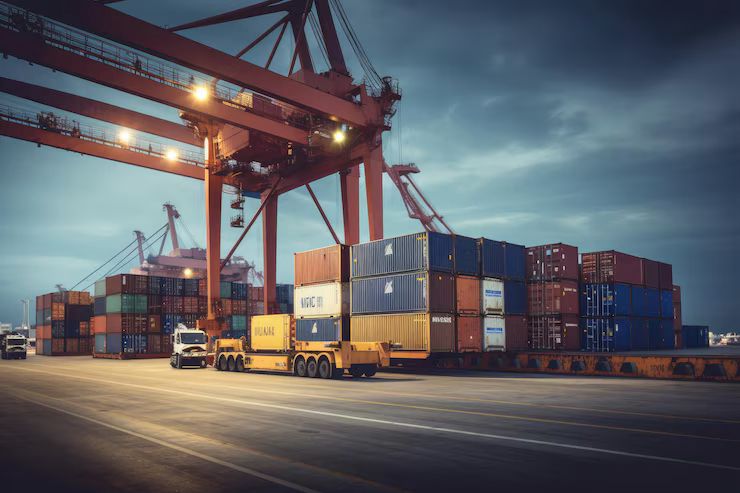Recruiting in the logistics sector is particularly challenging today due to a combination of labour market dynamics, industry-specific changes, and shifting candidate expectations.
Below are the main reasons for this growing difficulty:
1. Shortage of Qualified Workers
- There is strong demand for logistics roles (forklift operators, warehouse workers, drivers, supply chain coordinators), but not enough trained or available candidates.
- Many jobs require specific certifications (e.g. forklift licenses, safety training), which narrows the talent pool.
- Younger generations often find these roles physically demanding or unattractive, leading to low interest in the field.
2. Challenging Working Conditions
- Shift work, night shifts, weekend hours, and seasonal peaks are common.
- The work can be physically repetitive, noisy, cold, or fast-paced.
- These conditions contribute to a high turnover rate and difficulty retaining staff over time.
3. Strong Local Competition for Talent
- In key areas (logistics hubs, industrial zones), multiple companies compete for the same profiles.
- This leads to salary inflation, longer recruitment timelines, and increased employee churn.
4. Negative or Outdated Image of the Sector
- Logistics still suffers from a low public image, particularly among young people.
- Many are unaware of career growth opportunities, modern technology, or the vital role logistics plays in the economy.
- There is often limited employer branding in this sector compared to others.
5. Ineffective or Outdated Recruitment Methods
- Many job ads are generic or poorly targeted.
- Companies rely on slow or impersonal recruitment processes.
- Few employers highlight career development, internal mobility, or non-monetary benefits, which are increasingly important to candidates.
6. Geographical Constraints
- Jobs are often located in remote or industrial areas, far from city centres or not well connected by public transport.
- This limits access for candidates without a car or those prioritising work-life balance.
7. Economic and Social Uncertainty
- Successive crises (COVID-19, inflation, rising costs) have caused instability in the sector.
- Some workers have left logistics for jobs seen as more stable, better paid, or offering better working conditions.
In Summary:
Hiring in logistics is difficult because it combines structural challenges (image, training, job location) with short-term pressures (competition, salary expectations, working conditions).
To hire effectively, companies must go beyond traditional methods by modernising recruitment, promoting logistics careers, and improving overall employee experience.
If it's about us, it's about you.
